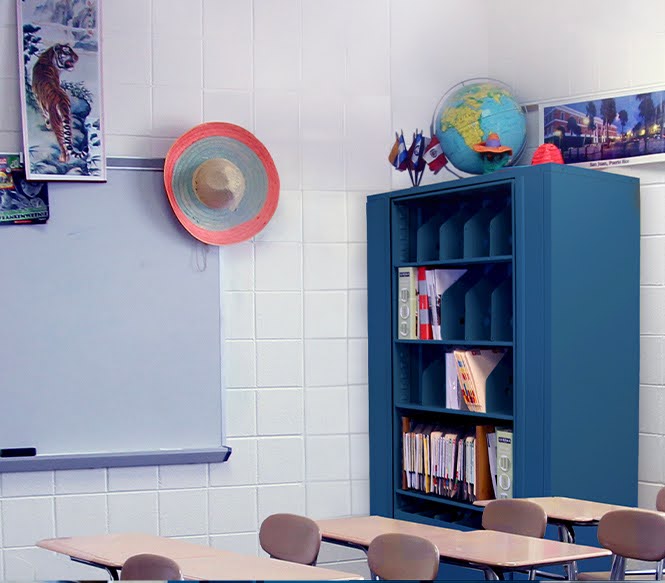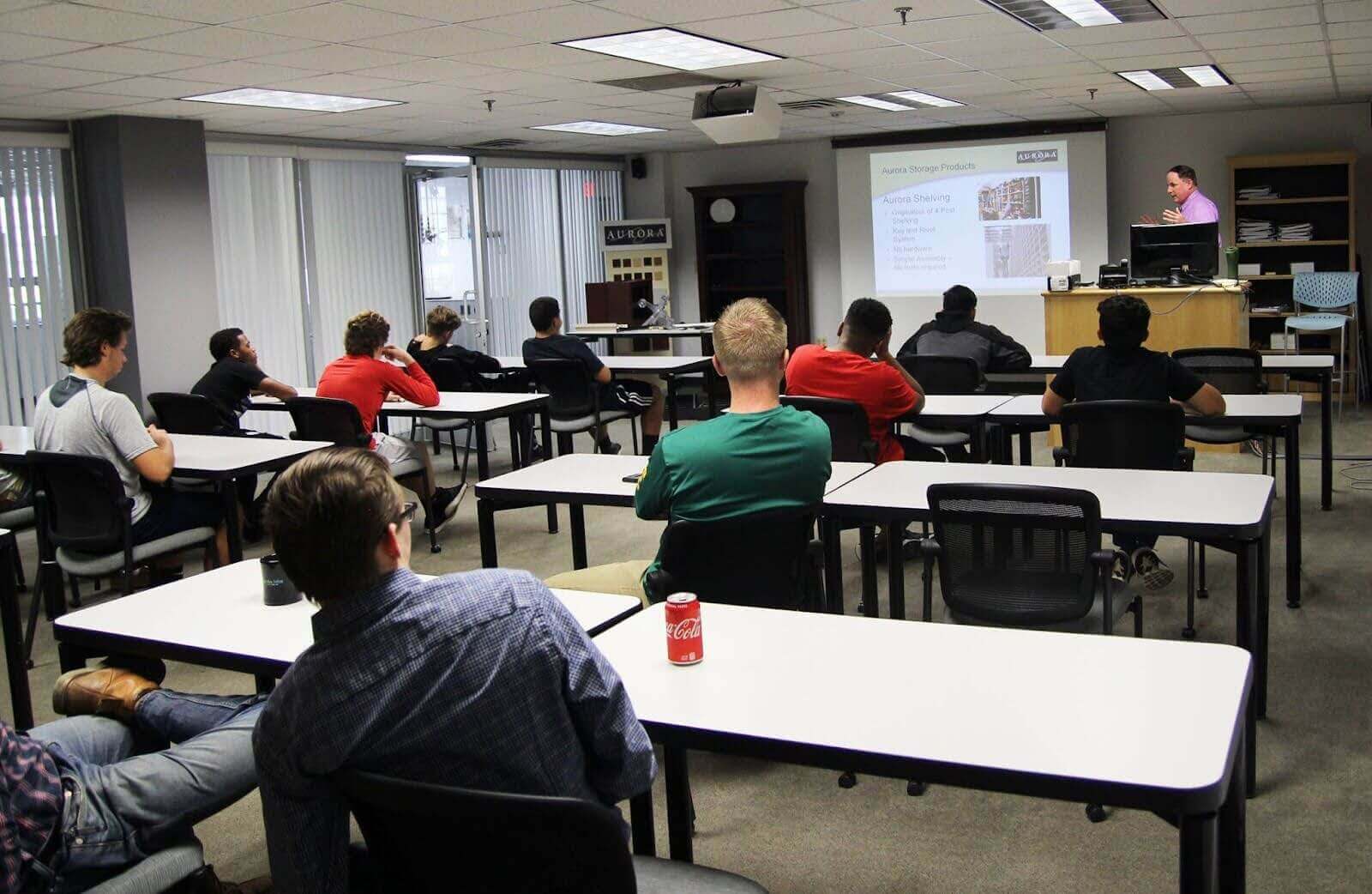Educators know a well-organized classroom sets the stage for effective teaching and learning. However, managing space in a school can be challenging, especially when dealing with limited square footage. You can transform your educational environment by optimizing your storage solutions with innovative solutions like mobile shelving and modular lockers. These tips will guide you through maximizing classroom space, ensuring your area is functional and conducive to educational success, and utilizing the best storage solutions for schools & universities.
Analyze Classroom Set-Up and Make Adjustments
Assess Current Layout and Storage Use
Begin by thoroughly examining how you currently utilize your classroom space. Identify areas that frequently cause congestion or seem underutilized. Observe how students interact with existing storage areas and which items they often access. This initial assessment helps pinpoint inefficiencies—perhaps the book corner is too cramped, or art supplies are too hard to reach. Understanding these dynamics allows you to plan adjustments that enhance accessibility and order. Consider integrating solutions like library shelving systems or wire storage racks, which offer flexibility and visibility, making them ideal for classroom settings.
Practical Changes for Improved Functionality
After assessing your space, implement practical changes to boost functionality. If movable furniture congests certain areas, rearrange it to create clear paths and more accessible storage. Utilize multi-functional furniture like desks with built-in storage or seating that doubles as storage units. Introduce mobile shelving units that you can easily reposition to fit evolving classroom needs. These adjustments improve the physical layout and encourage a more interactive and engaging learning environment. These changes allow a more adaptive classroom to transition between different teaching activities and learning modalities swiftly.
Utilize the Student Furniture

Multi-functional Furniture Options
Incorporating multi-functional furniture is an intelligent strategy for maximizing classroom space without sacrificing functionality. Consider chairs and desks with built-in storage compartments where students can store their books, supplies, and personal items, keeping the classroom tidy and making essential materials easily accessible to others. A great option is convertible furniture that can adapt to different activities; for instance, desks that can be reconfigured into collaborative workspaces or individual study areas as needed. Investing in these versatile pieces enhances classroom dynamics and supports various teaching methods, making every square foot work harder.
Student Lockers
Optimizing Locker Use and Placement
Strategically positioning and managing student lockers can significantly enhance classroom functionality and space utilization. Place lockers at the classroom entrance or a nearby hallway to prevent clutter and streamline class transition. This setup also encourages students to keep only essential items at their desks, reducing clutter and maintaining a more organized learning environment. Furthermore, lockers should be assigned based on class schedules to minimize congestion during peak times. By optimizing locker use and placement, you free up valuable classroom space for teaching and learning activities, ensuring that you use each area to its full potential.
Maximize Vertical Space in the Classroom
Installing Shelving and Using Wall Space
Leveraging wall space by installing shelving can dramatically increase your classroom’s storage capacity. Consider adding a variety of shelving units, such as library display shelves, school storage racks, or wire storage racks, which provide ample space for books, supplies, and educational materials without taking up valuable floor space. Position these shelves above student reach to store less frequently used items while keeping everyday resources at arm’s length, optimizing vertical space and keeping your classroom organized and clutter-free, making it easier for students to focus and for teachers to manage their space efficiently.
Reduce Visual Clutter
Techniques to Keep the Classroom Looking Spacious
Reducing visual clutter is critical to creating a spacious and inviting classroom environment. Start by using uniform storage containers to organize supplies and documents. Choose clear or single-color bins that blend with the classroom decor, which can significantly streamline the look and feel of the space. Implementing a minimalist approach to decorations can also help; opt for a few more oversized decorative items rather than many small ones and use cohesive color schemes across the classroom. This not only helps maintain an organized appearance but also enhances the room’s perceived size, making it feel larger and more open.
Conclusion
Implementing these five strategic tips will significantly enhance your classroom’s functionality and aesthetic appeal. By analyzing and adjusting your setup, utilizing multifunctional furniture, optimizing locker placement, maximizing vertical space, and reducing visual clutter, you create an environment conducive to learning and growth. An organized classroom promotes an effective learning atmosphere and can significantly improve teaching and student engagement. Start making these changes today and see how a well-organized space can transform the educational experience in your classroom.

